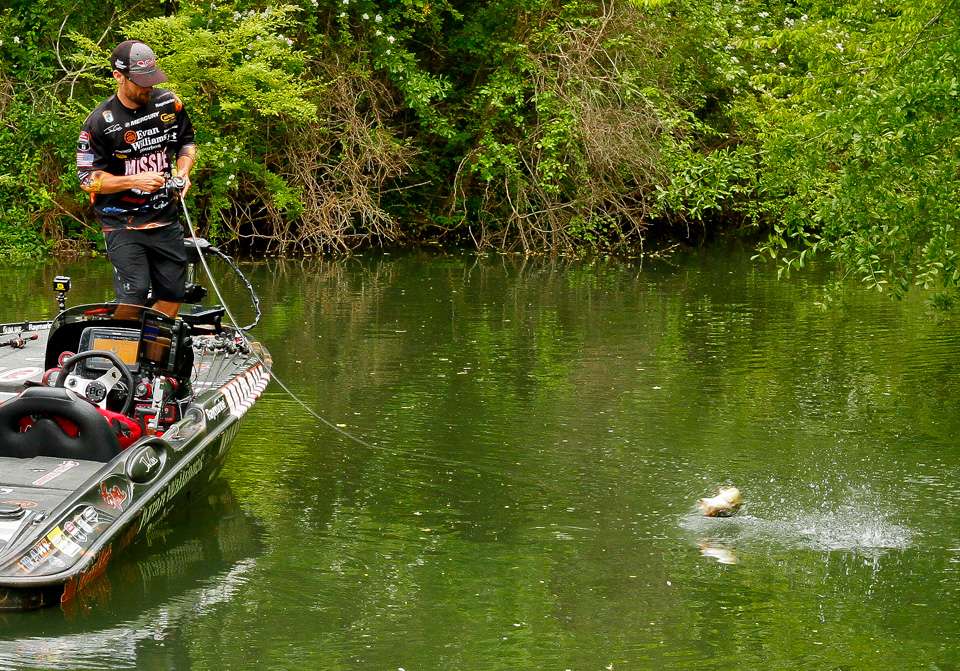
Here’s the scenario: It’s fall, cool nights and pleasant days. There’s a little cloud cover with a light variable breeze. The shad are back in the creeks and the pockets. It’s going to be a banner day. You can feel it in your bones.
But after three hours you haven’t had a bite despite the fact that you’ve shown them your favorite fall lures and a few others you just took out of the package after a trip to the local tackle store. There are no good explanations — or even bad ones — for your problems. It’s a head-scratcher kind of day.
Stay calm, and don’t give up. Maybe all you need to do is fine tune your presentations a little.
For reasons we don’t always understand the bass get really finicky at times. The first step towards figuring them out is to think about the action of your lures. Never forget that lure action is more important than anything else, especially when the bite gets tough.
If you’re fishing a spinnerbait, try snapping the rod more or less during the retrieve and speed it up or slow it down. You might try swapping blades. Vary the speed and cadence of your crankbait and make a little more, or a little less, noise with your topwater plug. The idea is to see if a small change in action will make a big change in the bite.
I saw the importance of action on Lake Okeechobee years ago. I’ll never forget it. If you put a 10-inch worm into a hole in the grass and twitched it, you’d get nothing. You’d swear there wasn’t a fish in there. But, if you let the big worm sit on the bottom for about 30 seconds, you’d get bit on almost every cast.
No one knows for sure what was happening. My theory is that the splash startled them. It took a half-minute or so for them to calm down, look around and decide that the splash was made by something to eat.
The why doesn’t matter, though. What does matter is that a small (small to us) change in lure action and presentation made the difference between catching and not catching bass.
The same thing can be said about color and size. Most times those things affect the bite by making it better or worse. However, sometimes they can mean the difference between getting a bite and not getting one. It’s best to give them a try if action and presentation don’t do the trick.
Another consideration is location. I’m not talking about running all over the lake fishing every creek you can find. I am talking about moving in or out of the creek, or on or off the bank.
There are times when the difference between a main lake point and a back of the creek point is huge. And don’t kid yourself about being on or off a bank. There are times when 30 feet off the bank is worthless but 40 feet off is a gold mine.
The really frustrating thing about small changes in location is that oftentimes if you run over those spots with your SONAR — I use Raymarine SideVision or DownVision to make sure I get the details — you can’t see any difference. The depth is the same. The water clarity is the same. The temperature is the same. The bottom composition is the same. We can’t find a reason why the fish are in one spot but not in the other.
The thing we always have to keep in mind, however, is that what we see doesn’t matter. Sometimes the situation is just a head-scratcher. Chances are that you are really close to catching them. Keep making adjustments and you might figure them out.

